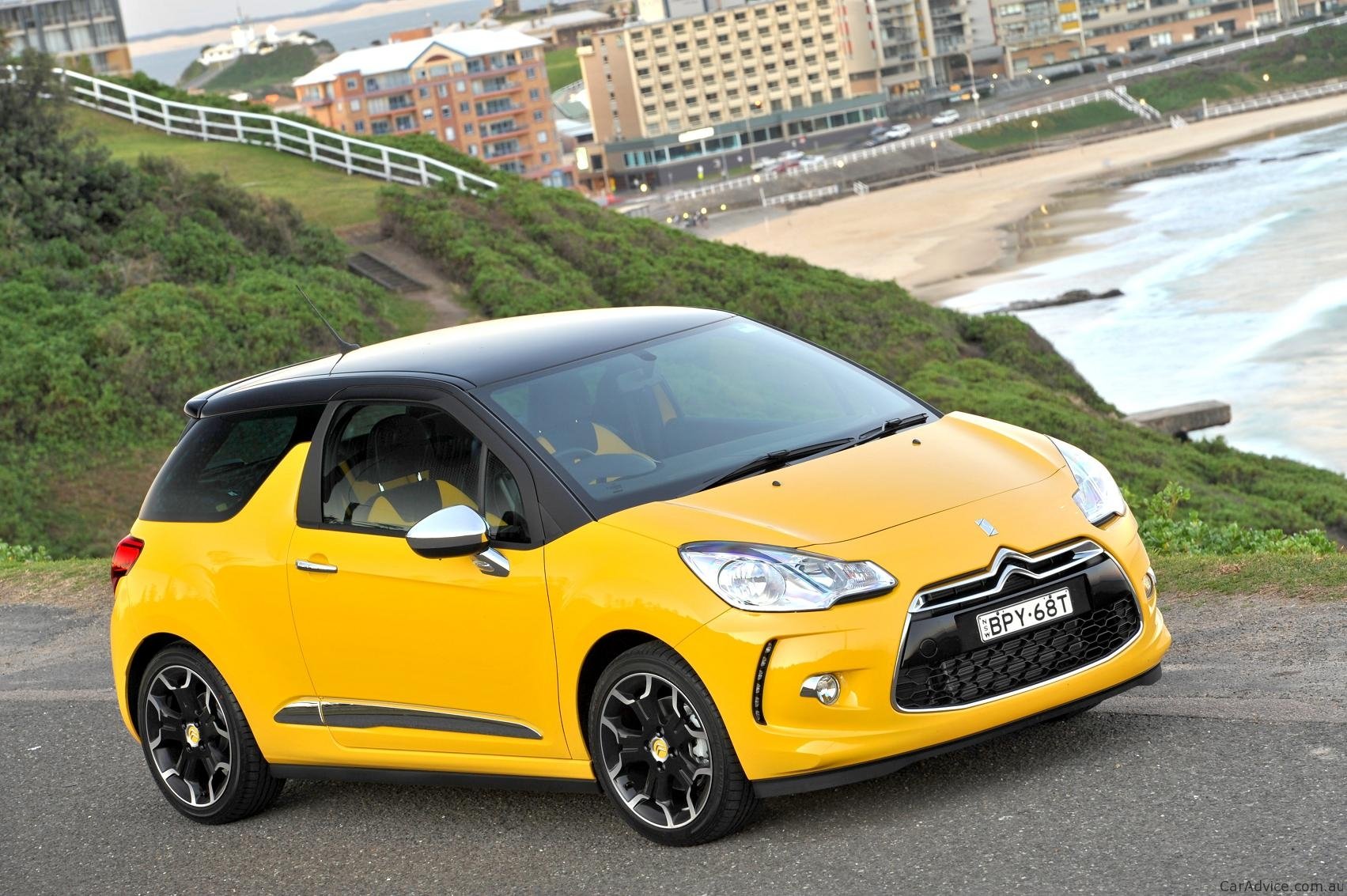Imagine a world where your wildest visual stories can come to life with just a few keystrokes. That world is now a step closer to reality with OpenAI’s latest innovation: Sora. Named after the Japanese word for “sky”, Sora is a groundbreaking tool that can generate videos from text prompts, and it’s poised to revolutionize the way we create and interact with digital content.
OpenAI unveiled Sora on a Thursday, marking a significant leap in AI capabilities. This model can produce realistic footage up to a minute long, adhering to user instructions on both subject matter and style. It’s not just about generating new footage; Sora can also transform a still image or extend existing footage with new material, making it a versatile tool for creators.
The potential of Sora is vast. One of the initial examples shared by OpenAI was based on the prompt: “A movie trailer featuring the adventures of the 30-year-old space man wearing a red wool knitted motorcycle helmet, blue sky, salt desert, cinematic style, shot on 35mm film, vivid colors.” The result? A video that captures the imagination and demonstrates the model’s ability to create detailed, emotionally resonant scenes.
However, OpenAI is approaching the release of Sora with caution. Access is currently limited to a select group of researchers and video creators who will ‘red team’ the product, ensuring it adheres to OpenAI’s terms of service. These terms prohibit content involving “extreme violence, sexual content, hateful imagery, celebrity likeness, or the IP of others”. The company is committed to ethical AI development and is taking steps to prevent misuse of its technology.

Sora’s capabilities are impressive. It can generate 1080p videos featuring complex scenes with multiple characters, intricate camera motions, and a rich tapestry of emotions. OpenAI’s blog post explains that Sora has a “deep understanding of language”, enabling it to “accurately interpret prompts and generate compelling characters that express vibrant emotions.”
Despite these advancements, OpenAI acknowledges that Sora is not without its limitations. The model may struggle with accurately simulating the physics of a complex scene or understanding specific instances of cause and effect. For example, a character might take a bite out of a cookie, but the cookie may remain intact. These are the kinds of challenges that OpenAI is working to overcome as it refines the model.
Using Sora is straightforward. Users input written prompts describing the scene they want, and Sora brings it to life. The ability to edit and make changes to the generated scenes adds another layer of flexibility for creators.
The announcement of Sora comes on the heels of OpenAI’s other successful AI tools, such as the still image generator Dall-E and the generative AI chatbot ChatGPT. While other companies like Google and Meta are developing similar tools, Sora represents a significant advancement with its ability to create longer, more coherent videos that closely follow the user’s prompts.
As we marvel at the possibilities Sora brings, it’s also important to consider the implications of such powerful technology. OpenAI is not only focused on innovation but also on safety. The company is developing tools to detect AI-generated content and is engaging with experts to identify potential vulnerabilities.
Sora by OpenAI is a glimpse into a future where AI helps us to create and explore new realms of digital storytelling. While it’s still in the early stages of deployment, the sky is truly the limit for what Sora can achieve. As OpenAI continues to refine this model and engage with the broader community, we can expect to see even more impressive and ethically responsible AI-generated content.
Related posts:
Sora: OpenAI launches tool that instantly creates video from text
OpenAI’s Sora: How To Use Text-To-Video AI Model
OpenAI’s Sora is a breakthrough new tool that turns text into videos: Here’s how it works





